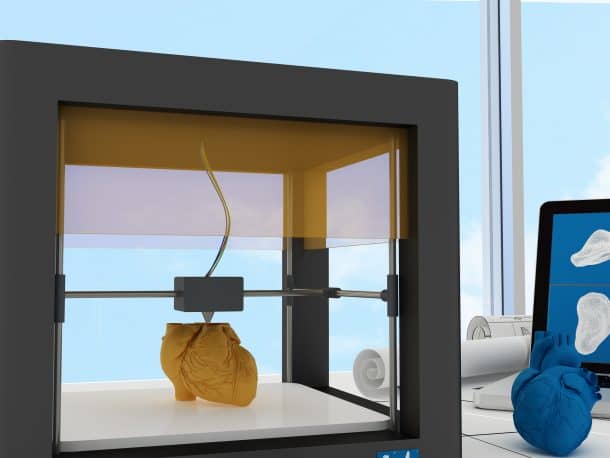A team of scientists at a Chicago based bio startup BIOLIFE4D has announced a major breakthrough after they successfully 3D printed a human cardiac tissue. The scientific milestone was achieved after the opening of the company’s new research facility in Houston. The printing of the human cardiac tissue involves multiple cells which form the human heart. Bioprinted cardiac patches can be used in patients with serious heart failures to restore the lost myocardial contractility.

The company is planning to turn its focus to other parts like valves, blood vessels, and a mini-heart since it involves 3D bioprinting a full human heart. Chief Science Officer of BIOLIFE4D Birla said, “We are extremely excited to have achieved this milestone and to successfully demonstrate our ability to 3D print human cardiac tissue. When we began this process, we knew this would be a key step in validating our technology and scientific approach, so we are pleased to be able to have accomplished this so quickly.”

CEO of BIOLIFE4D Moris said that there are other companies which have made similar patches but none of them have included each of the cell types which make up the heart. This tissue also had vascularization which is needed to allow the body to nourish the cells and remove the waste products. He said, “You can think of it like this is the first time all of the proper ingredients were used to properly make the recipe.”

BIOLIFE4D’s innovative 3D bioprinting process will provide the ability to reprogram a patient’s own blood cells. Induced Pluripotent Stem Cells (iPSCs) are a type of pluripotent stem cells that can be generated directly from the adult cells. The iPS cells are then differentiated into different types of cardiac cells needed to 3D bio-print not only a cardiac patch but ultimately a human heart viable for transplant as well. This implies that the 3D printed heart by BIOLIFE4D uses cardiac cells which are derived from their own iPS cells to create a living viable construct.
Fingers crossed for this new technology!


